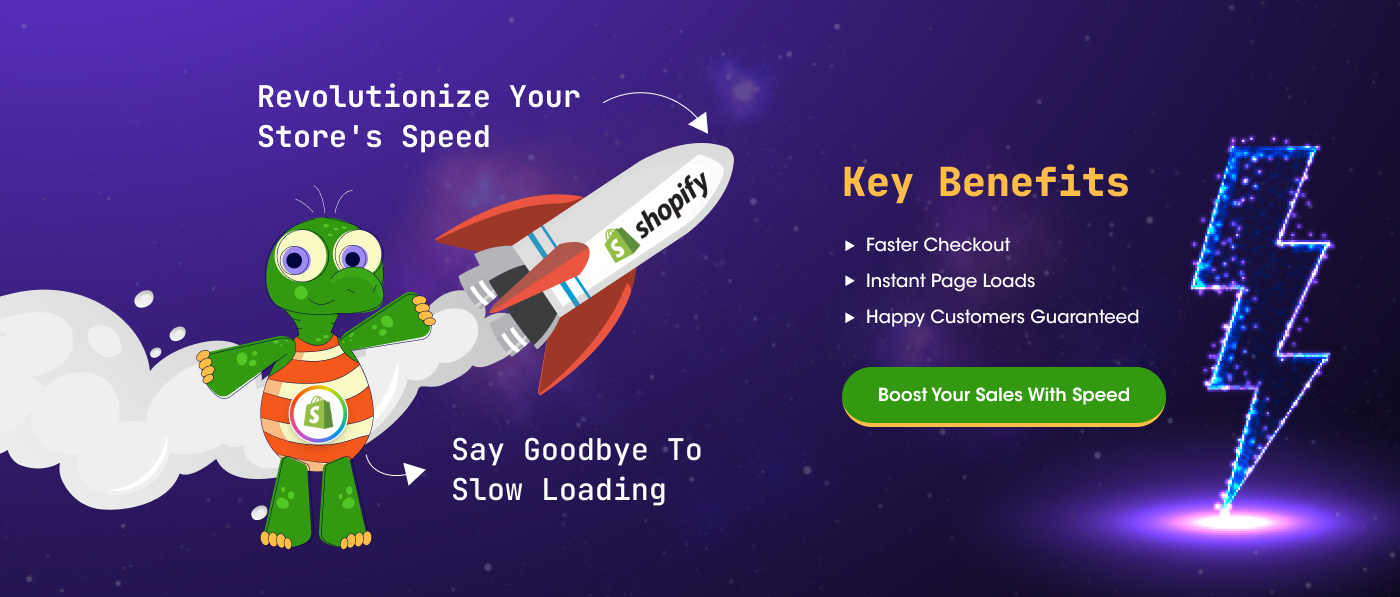
Financial barriers can often hinder customers from accessing products or services they desire. However, the concept of partial payment has emerged as an effective strategy to address these challenges. By allowing customers to pay for their purchases through installments or smaller increments using split payment methods, businesses can break down financial barriers and enhance customer affordability. This article explores the benefits and considerations of implementing partial payment options, shedding light on how this approach can improve customer experiences and foster long-term customer loyalty.
I. Understanding Partial Payment
What is partial payment and how does it work?
- Partial payment allows customers to pay for their purchases in installments or smaller increments, rather than paying the full amount upfront. It typically involves dividing the total cost into manageable payments over a defined period.
Why is partial payment gaining popularity among businesses?
- Partial payment is gaining popularity because it enhances affordability and helps customers overcome financial barriers. It also increases sales and customer retention for businesses.
How does partial payment benefit both customers and businesses?
- For customers, partial payment offers greater affordability, flexibility, and the ability to access products or services they desire. For businesses, it increases sales, attracts more customers, fosters loyalty, and improves cash flow.
II. Enhancing Affordability: Empowering Customers
How does partial payment empower customers with limited financial resources?
- Partial payment options make high-cost items more accessible by allowing customers to spread payments over time. This empowers customers with limited financial resources to afford products or services they may otherwise be unable to purchase upfront.
What types of products or services can benefit from partial payment options?
- Partial payment options can benefit a wide range of products and services, including electronics, furniture, healthcare services, travel bookings, education programs, and more.
How does split payment app contribute to inclusive and accessible customer experiences?
- By providing flexible payment options, businesses ensure that customers from diverse financial backgrounds can access their offerings. This promotes inclusivity, broadens customer reach, and creates a more accessible marketplace.
III. Boosting Customer Loyalty: Nurturing Long-Term Relationships
How does offering split payment options influence customer loyalty?
- Offering partial payment options demonstrates a business’s commitment to customer satisfaction and financial well-being. It fosters trust, increases customer loyalty, and encourages repeat purchases.
Can partial payment options attract new customers to a business?
- Yes, partial payment options can attract new customers by removing financial barriers and expanding the customer base. It appeals to those who may have been hesitant to make a full upfront payment.
What role does trust play in building long-term customer relationships through partial payment?
- Trust is crucial in building long-term customer relationships. When customers feel secure and confident in the partial payment process, they are more likely to engage with a business repeatedly, refer others, and become loyal advocates.
IV. Considerations for Implementing Partial Payment Solutions
What factors should businesses consider before implementing partial payment options?
- Businesses should consider factors such as risk management, financial stability, payment terms, interest rates (if applicable), customer creditworthiness, and compliance with relevant regulations.
Are there any potential risks or downsides to offering partial payment?
- Some risks include late or missed payments, default rates, financial loss for the business, increased administrative complexity, and potential impacts on cash flow. Mitigating these risks requires careful planning and monitoring.
How can businesses effectively communicate and educate customers about partial payment options?
- Clear and transparent communication is essential. Businesses should provide comprehensive information about terms, conditions, fees, and repayment schedules. They can use various channels, such as websites, customer support, and marketing materials, to educate customers about the benefits and responsibilities of partial payment.
V. Best Practices for Successful Partial Payment Implementation
What are some key best practices for businesses to implement partial payment options effectively?
- Key best practices include conducting thorough risk assessments, offering flexible payment plans, providing clear and transparent information, ensuring data security, optimizing the user experience, and continuously evaluating and improving the partial payment process.
How can businesses strike a balance between financial flexibility and managing risks?
- Businesses can strike a balance by setting appropriate credit limits, conducting credit checks, offering multiple payment options, implementing effective collections processes, and monitoring payment performance to proactively address any issues.
How can technology and digital platforms facilitate seamless partial payment processes?
- Technology and digital platforms can streamline partial payment processes by integrating payment gateways, automating installment calculations, sending payment reminders, and providing online account management tools for customers.
VI. Case Studies: Successful Implementation of Partial Payment
Highlighting examples that have successfully implemented partial payment options
- Examples include Shopify, a popular e-commerce platform, which offers various apps and integrations that allow online store owners to implement partial payment options. Many smaller online stores have reported increased sales and reduced cart abandonment rates after introducing these options.
What were the outcomes and benefits these businesses experienced?
- These businesses have reported increased sales, higher conversion rates, improved customer satisfaction, enhanced customer loyalty, expanded customer base, and improved financial performance.
How did these businesses address potential challenges and mitigate risks?
- Successful businesses implemented robust risk management strategies, conducted thorough credit assessments, set clear terms and conditions, maintained strong communication channels with customers, and monitored payment performance closely to mitigate risks associated with partial payment options.
Summing Up
Partial payment options have gained popularity as a means to reduce financial barriers for customers. By implementing this approach, businesses empower customers, boost loyalty, and create a more inclusive marketplace. However, careful considerations, effective communication, and risk management are essential for successful implementation. With the right strategies and practices in place, partial payment can be a valuable tool in improving customer experiences and driving long-term customer relationships.

